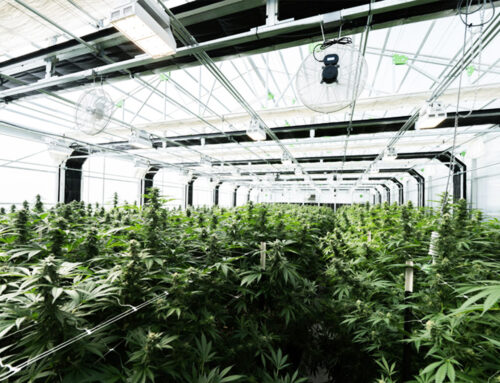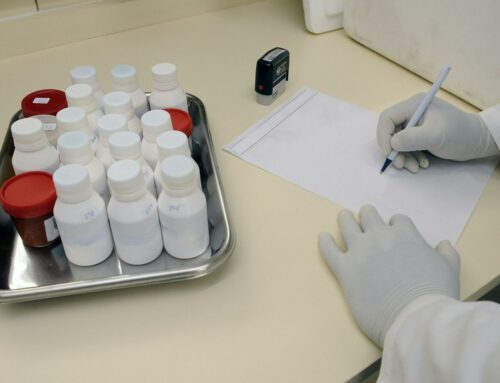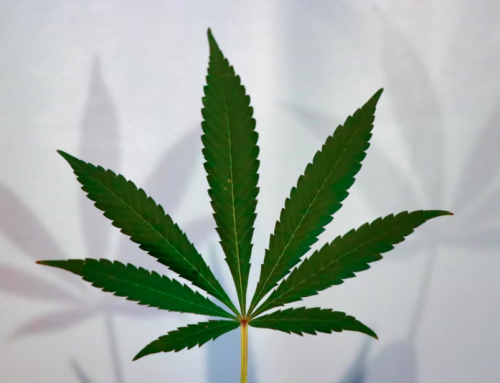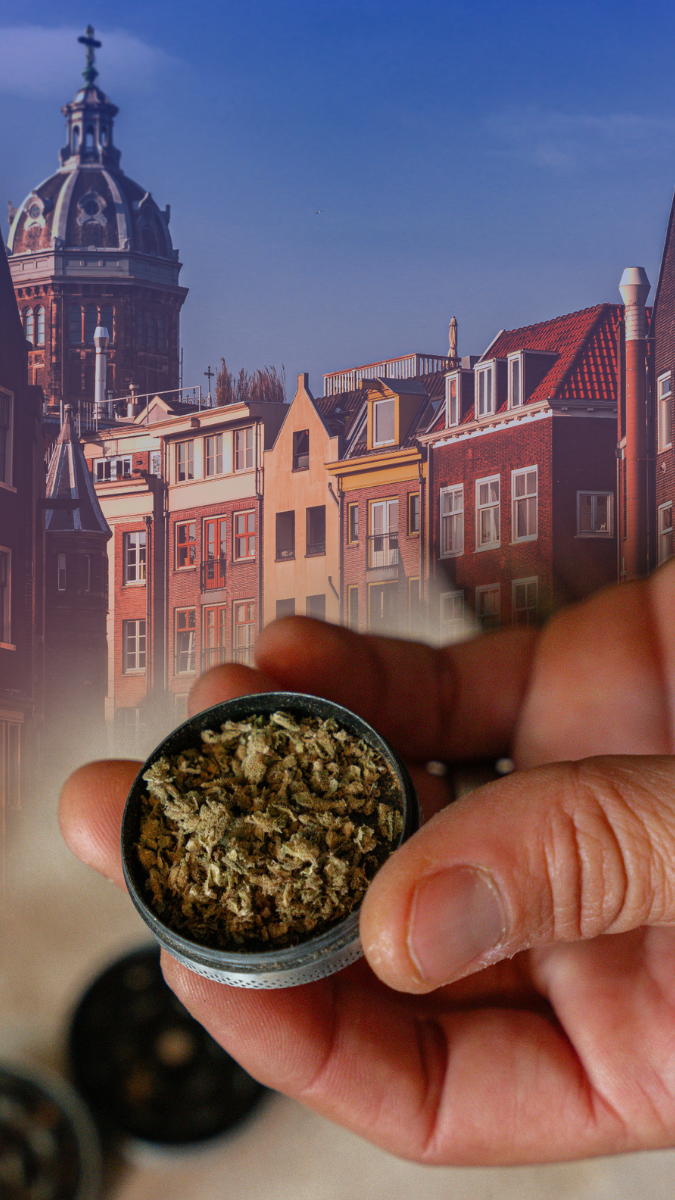5 Interesting Facts About the Endocannabinoid System
Cannabis has become a popular alternative treatment for several different illnesses and ailments. Cannabidiol (CBD), a non-psychoactive cannabinoid, in particular, is gaining attention for its plethora of health benefits. CBD does not get its users “high” – it is used completely for medical purposes. People are using CBD for everything from autism to arthritis – but how does the body process CBD exactly? The answer is the endocannabinoid system.
What is the endocannabinoid system?
The human body processes cannabinoids like CBD and THC (the psychoactive cannabinoid) through the CB1 and CB2 receptors in the brain. These receptors then send signals throughout the body and activates the health benefits of the cannabinoid. Not everyone knows about the endocannabinoid system but as cannabis becomes a more popular medicine, the research will grow. Here are five things you may not know about the body’s endocannabinoid system:
- The endocannabinoid system was not discovered until 1988. THC was first isolated in the 1960s, but it wasn’t until the late 1980s that the first cannabinoid receptor was discovered in the brain of a rat. Scientists later used a synthetic version of THC to mapping CB receptors.
- The endocannabinoid system helps to regulate brain activity. Brain cells (neurons) communicate by sending electrochemical signals to each other. Each neuron must listen to its partners to decide whether it will fire off its own signal at any given moment. Endocannabinoids allow receiver neurons to regulate how much input they’re getting, and they do this by sending retrograde signals (endocannabinoids) back to overactive sender neurons.
- Endocannabinoids have anti-inflammatory properties. Researchers have found that endocannabinoids are produced in the body when the immune system is activated and support the anti-inflammatory process. CBD has shown the most efficacy as an anti-inflammatory so far but other cannabinoids such as CBG are also being looked at.
- Endocannabinoid receptors are located all throughout the body. Many people believe that the brain is the only place in the body where cannabinoids are processed – however, there are actually receptors throughout. They are in muscles, connective tissue, organs, and immune cells in addition to the brain. These receptors may target different areas but all exist to maintain homeostasis.
- The endocannabinoid system promotes prosocial behavior. Researchers have found that the endocannabinoid system could promote exploratory and social behaviors, and may regulate our brain’s response to over-stimulating experiences.
The body has many important systems in place to ensure optimal health and function and the endocannabinoid system is just as critical as anything else. As more research is conducted on the topic, it is almost certain that the role of the endocannabinoid system will be found to be even more complex and powerful than once thought.




































